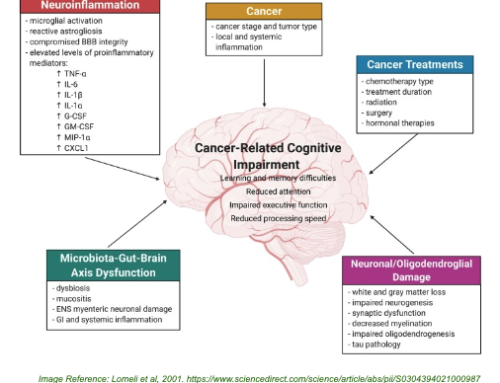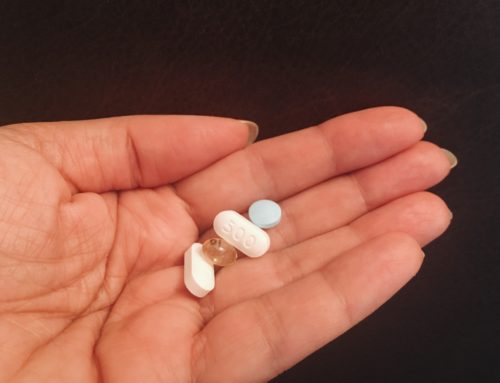Even as the efficiency of cancer treatments improves, they can still be exhausting for cancer patients. However, mood swings, fatigue and other issues experienced during and post-cancer treatment may be countered if patients can better prepare themselves for those treatment challenges by adopting prehabilitation principals in consultation with their health care providers.
Despite understanding that many cancer patients survive their disease, the bulk of our medical focus remains focused primarily on the acute-care element.
Now health professionals are increasingly adopting the emerging field of cancer prehabilitation. Here, where patients are prepared mentally and physically before commencing their chemotherapy, radiotherapy and surgery also hold out the possibility of better patient outcomes.
What Is Prehabilitation?
The objective of prehabilitation is to help prepare a cancer patient where possible, for radiation treatment, chemotherapy or surgery. This process can extend to physical, emotional, environmental or social-based treatments, complementing traditional recovery services.
Prehabilitation is a service growing in popularity amongst many cancer recovery service providers. It assists patients to prepare for their acute oncology care and helps their long-term survival.
A focused prehabilitation care strategy combines elements of physical therapy with a holistic care approach embracing stress reduction strategies, nutritional support, and nursing intervention. Integrating prehabilitation with other health care elements appears to deliver superior patient outcomes post-surgery while decreasing the duration of the patient’s hospital stay.
The prehabilitation model assists care teams and allied health professionals in considering what the likely changes in a patients’ life will occur as a by-product of their treatment and how best the team can help patients recognise and come to terms with those changes.
Statistics Point To A Treatment Gap
Some 65 to 90 per cent of Australian cancer patients develop a functional or physical impairment following treatment according to studies. Typical impairments range from muscle weakness to difficulty swallowing, restricted mobility in a limb, or difficulty walking.
In one 2015 study of 529 older adult cancer patients discovered 65 per cent had a potentially treatable deficit requiring speech, physical or occupational therapy but only 9 per cent reported received this therapy.
From Rehab To Prehab
https://www.youtube.com/watch?v=-SV2N8OxnyE
A contributing factor in a cancer patient’s recovery is how physically fit they are prior to commencing treatment. Starting targeted exercises while learning the do’s and don’ts ahead of surgery is a smarter way to pre-empt rehabilitation.

Nutrition is also a typical element in most prehabilitation programs as it’s well recognised that some eating habits may need to change, particularly for patients with specific types of cancer. Similarly, numerous studies show walking helps to reduce the level of fatigue experienced by patients undergoing radiation treatment.
Measuring Prehabilitation Success
Five pillars of excellence have emerged as leading indicators in measuring prehabilitation’s success:
- Quality: Prehabilitation services improve patient outcomes.
- Safety: Prehabilitation improved patient functionality.
- Service: Embracing prehabilitation services enhanced the overall patient treatment experience by either preventing or actively reducing the level of physical impairments stemming from cancer treatment.
- Growth: An increasing number of cancer patients are being referred to prehabilitation services.
- Finance: Prehabilitation can often contribute to overall care cost reductions by shortening the length of a patient’s hospital stay.
The principles of physical activity and exercise, good nutrition and psychological support are the cornerstones of prehabilitation strategy.
5 Tips For Newly Diagnosed Oncology Patients
- Consult your health care team before commencing any exercise or nutrition based prehabilitation program
- Forty minutes of walking or more is a simple and easy aerobic exercise anyone can do
- Use core muscle strengthening training, to assist with your recovery after surgery
- Ensure you are sleeping well via adopting a sleep hygiene routine and complement this with a nutritious diet
- Explore exercise classes and other resources such as yoga and meditation in consultation with your health professionals.

Final Observation
Rather than waiting until a cancer patient has become physically debilitated as a result of their cancer treatment before opting for rehabilitation, prehabilitation represents a pre-emptive approach developed in conjunction with their health care provider to prevent patients from getting to the point where they need reconditioning. For clinicians, prehabilitation offers an opportunity to assist patients to make lifestyle changes ahead of the treatment regime, reinforcing the value of exercise and nutrition in maintaining a healthy approach to life.
Moreover, cancer patients are frequently forced to take time off from work and to reduce or cease other activities. After completing their cancer treatment, these patients look to resume their “normal” lives and prehabilitation can assist them to achieve this sooner.
If you would like to find out more about our cancer support program and prehabilitation services, please contact us at: [email protected].



